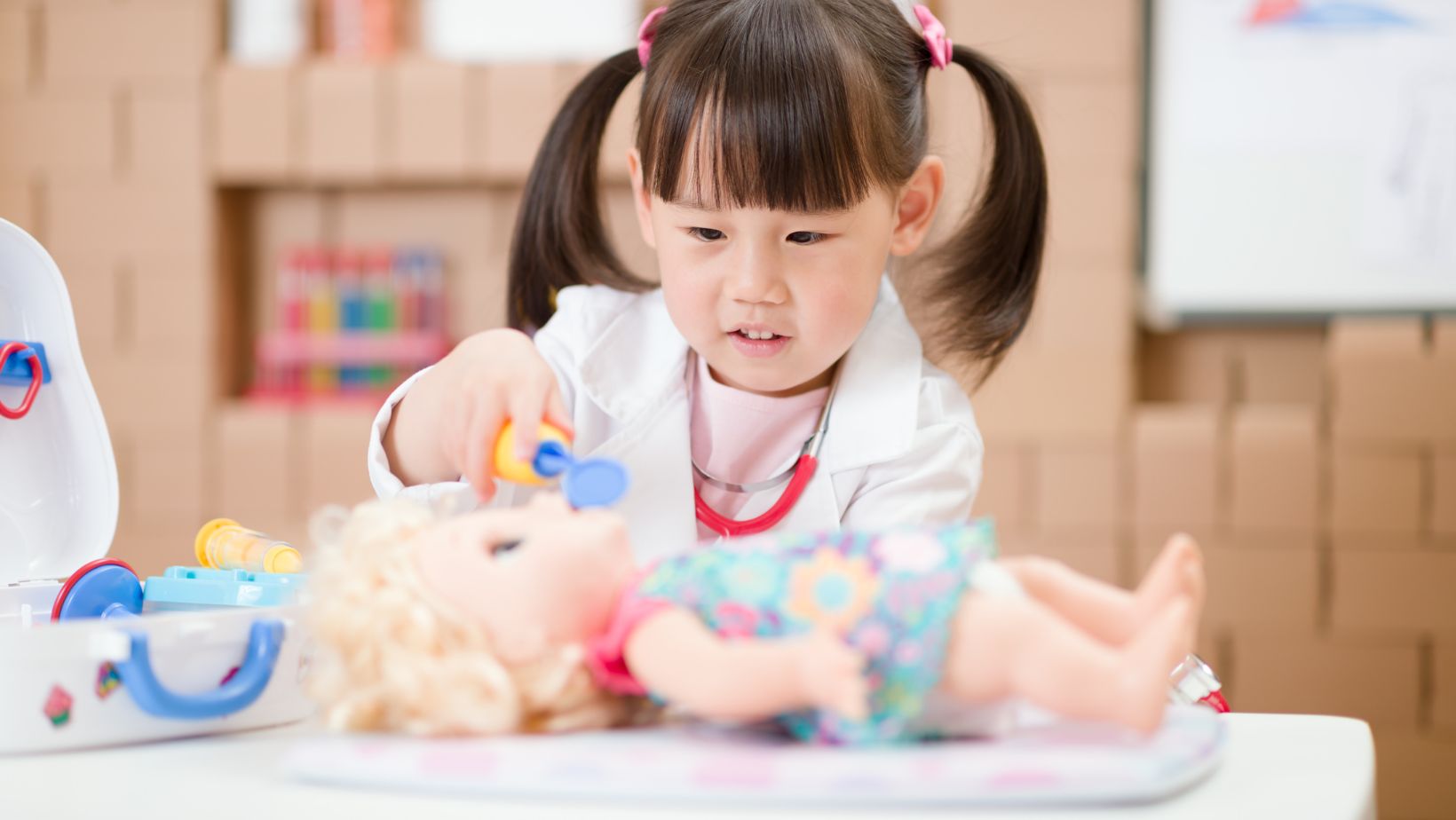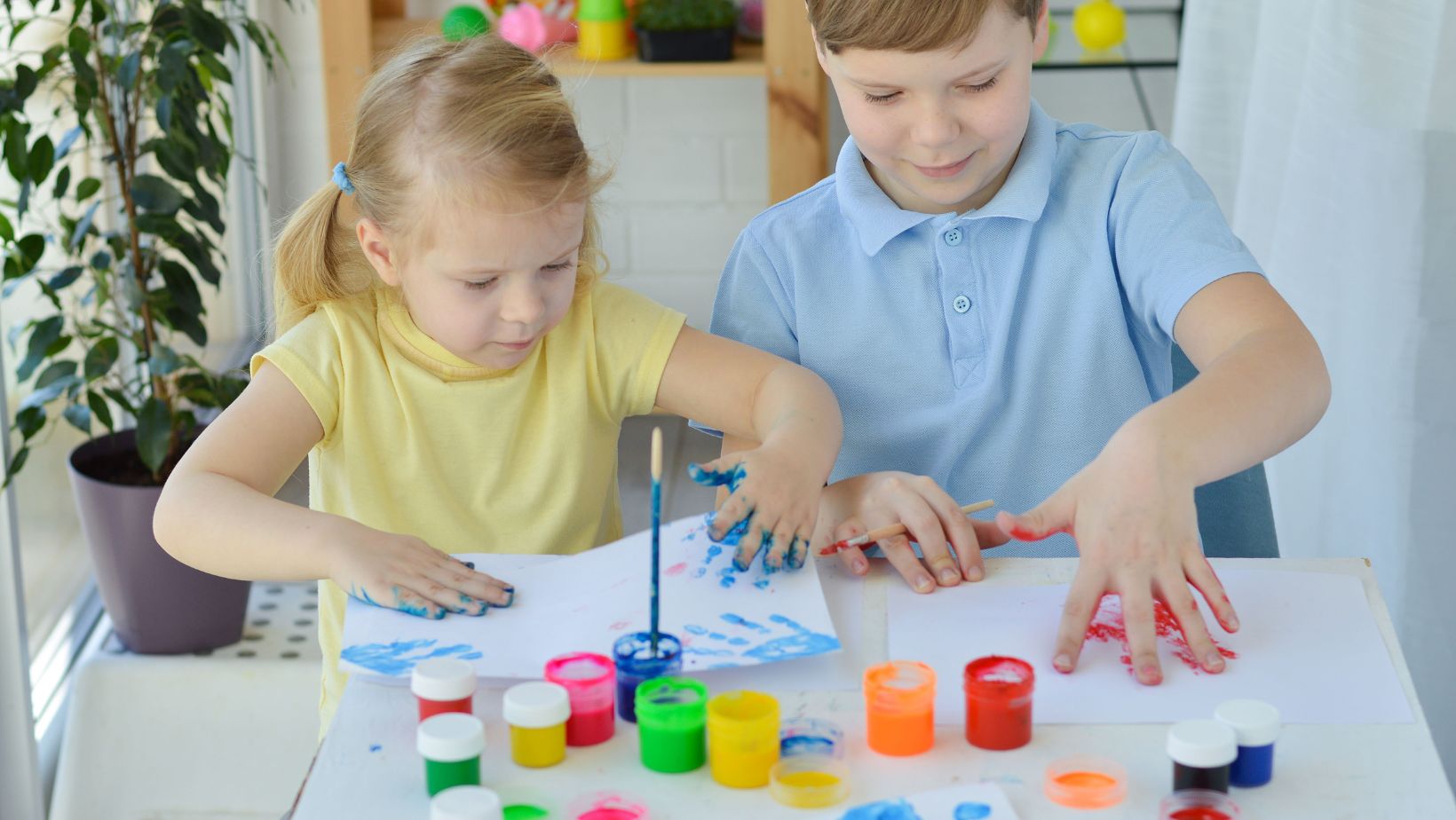Childhood is a formative period when the brain and personality are still developing. Experiencing trauma during these years can have profound and lasting effects on mental health, increasing the likelihood of developing Post-Traumatic Stress Disorder (PTSD) later in life. This article explores how childhood trauma influences PTSD development, the types of childhood trauma, and the importance of early intervention.
What is Childhood Trauma?
Childhood trauma refers to any event or experience that is deeply distressing or harmful during a child’s formative years. These experiences overwhelm a child’s ability to cope and can have lasting impacts on emotional, psychological, and physical health.
Common Types of Childhood Trauma
- Abuse:
– Physical Abuse: Hitting, kicking, or causing bodily harm.
– Emotional Abuse: Verbal attacks, humiliation, or manipulation.
– Sexual Abuse: Any form of sexual contact or exposure forced upon a child.
- Neglect:
– Lack of basic needs, such as food, shelter, or emotional support.
- Household Dysfunction:
– Growing up in a home with domestic violence, substance abuse, or mental illness.
- Bullying:
– Persistent harassment or humiliation by peers.
- Community or School Violence:
– Exposure to shootings, gang violence, or unsafe environments.
- Natural Disasters:
– Experiencing hurricanes, earthquakes, or other catastrophic events.
- Loss or Separation:
– Losing a parent through death, incarceration, or divorce.
The Connection Between Childhood Trauma and PTSD
How Does Trauma Impact the Brain?
During childhood, the brain is highly plastic, meaning it is still forming neural connections. Trauma disrupts this process, particularly in key brain regions such as:
- Amygdala: Overactivity can lead to heightened fear responses.
- Hippocampus: Trauma can impair memory formation, making it harder to distinguish past events from present triggers.
- Prefrontal Cortex: Reduced activity affects emotional regulation and decision-making.
 These changes can result in long-term difficulties with emotional control, memory, and stress responses, laying the groundwork for PTSD.
These changes can result in long-term difficulties with emotional control, memory, and stress responses, laying the groundwork for PTSD.
Adverse Childhood Experiences (ACEs)
Adverse Childhood Experiences (ACEs) are potentially traumatic events that occur before the age of 18. A landmark study by the Centers for Disease Control and Prevention (CDC) and Kaiser Permanente found that individuals with higher ACE scores are significantly more likely to develop PTSD and other mental health disorders.
Key Findings:
– Two-thirds of participants reported experiencing at least one ACE.
– Individuals with four or more ACEs were 12 times more likely to attempt suicide and 4 times more likely to develop PTSD.
Why Does Childhood Trauma Increase PTSD Risk?
- Prolonged Exposure: Chronic or repeated trauma during childhood can overwhelm the body’s stress response systems.
- Lack of Coping Mechanisms: Children have limited emotional and psychological tools to process trauma, making them more vulnerable.
- Attachment Issues: Trauma can disrupt secure attachments with caregivers, leading to feelings of insecurity and mistrust that persist into adulthood.
Long-Term Effects of Childhood Trauma
Emotional and Psychological Impact
– Anxiety, depression, and low self-esteem
– Difficulty forming and maintaining relationships
– Emotional dysregulation and mood swings
Physical Health Consequences
The stress from unresolved childhood trauma can lead to chronic health problems such as:
– Heart disease
– Obesity
– Autoimmune disorders
Behavioral Patterns
– Substance abuse as a coping mechanism
– Risky behaviors or self-harm
Signs of PTSD in Adults with a History of Childhood Trauma
Many adults with childhood trauma don’t recognize their symptoms as PTSD. Common signs include:
– Intrusive memories or flashbacks of the traumatic event
– Hypervigilance or being easily startled
– Avoidance of certain people, places, or situations
– Emotional numbness or detachment
– Persistent feelings of guilt or shame
The Importance of Early Intervention
Intervening early in cases of childhood trauma can prevent the development of PTSD and other mental health disorders. Effective strategies include:
1. Trauma-Focused Therapy
– Cognitive Behavioral Therapy (CBT): Helps children reframe negative thoughts and process their experiences.
– Play Therapy:v Allows younger children to express emotions and process trauma through play.
2. Building Resilience
– Strengthening support systems, such as positive relationships with family, friends, or mentors.
– Teaching coping skills and emotional regulation techniques.
3. Community Programs
– School-based interventions to address trauma early.
– Community support groups for children and families.
Healing as an Adult
Even if childhood trauma was not addressed early, healing is still possible in adulthood. Therapies like Eye Movement Desensitization and Reprocessing (EMDR) and group counseling can help individuals process their past and develop healthier coping mechanisms.
Self-Care Strategies
– Practicing mindfulness and meditation to reduce stress.
– Engaging in physical activity to improve mood and health.
– Journaling to explore and process emotions.
Final Thoughts
Childhood trauma is a significant risk factor for PTSD, but it is not a life sentence. With the right support and treatment, individuals can heal and build a fulfilling life. Understanding the long-term effects of childhood trauma and recognizing its signs are critical steps toward recovery. Whether for a child currently experiencing trauma or an adult seeking healing, help is available, and recovery is possible.
If you or someone you know is struggling with the effects of childhood trauma, reaching out to a trusted professional is the first step toward a healthier, brighter future.



